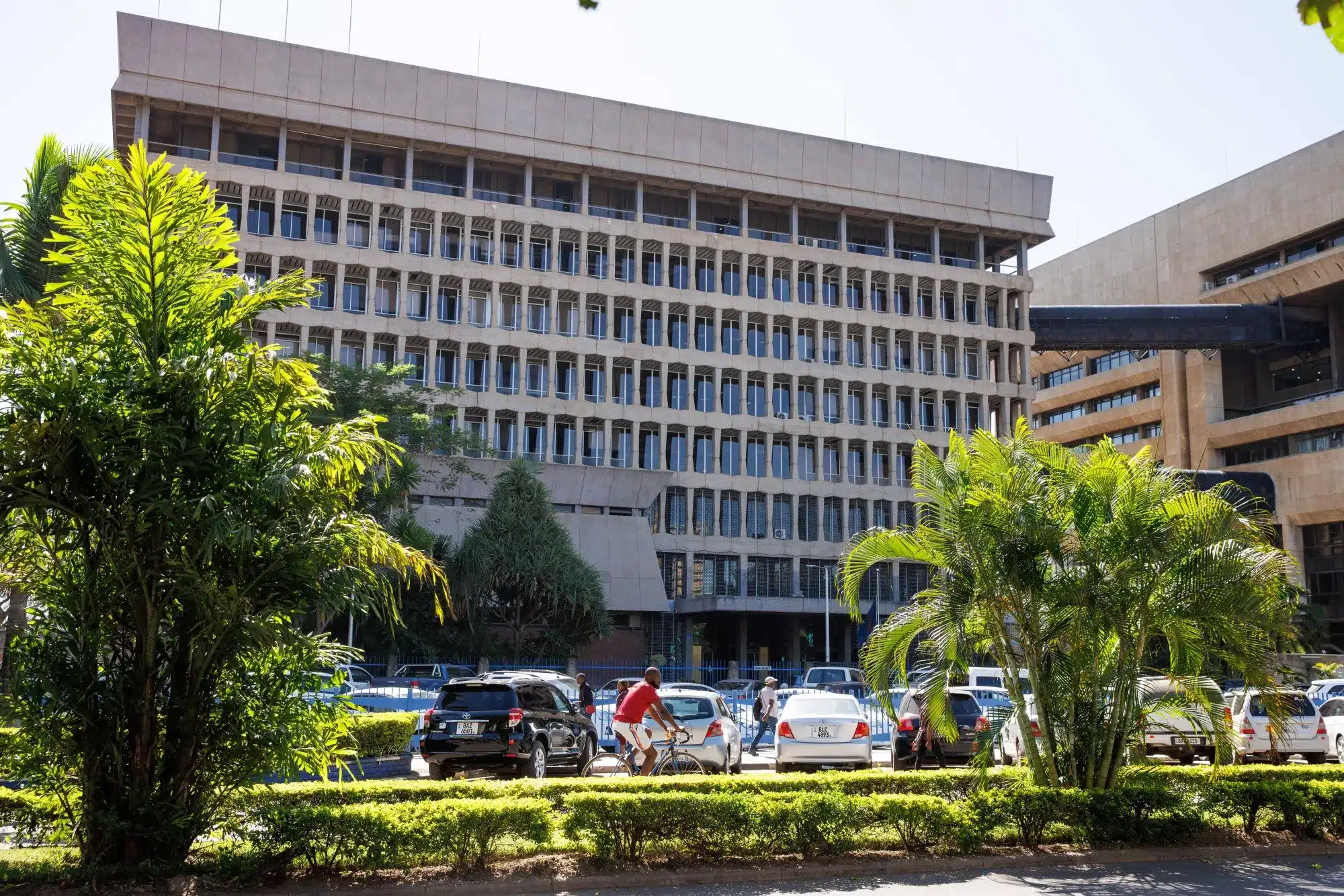Ethiopia has taken a major step in its drive to modernise the country’s financial system, with a new directive mandating all federal public institutions to accept payments through any licensed digital service provider.
The directive, issued by the Ministry of Finance and registered as Directive No. 1069/2025, requires government offices—including tax authorities, state-run hospitals and other service providers—to integrate with payment platforms licensed by the National Bank of Ethiopia (NBE).
These include mobile money services, debit and credit cards, prepaid payment systems and internet banking services offered by commercial banks, microfinance institutions and fintech operators.
The new regulation, published on the Ministry’s website in mid-June, mandates that all public institutions must comply within 90 days—by late August 2025. Government agencies are also required to file progress reports every 30 days with the Ministry of Finance until full compliance is achieved.
A digital shift with significant implications
The move effectively makes digital payment acceptance compulsory across federal institutions and is expected to reshape how public services interact with citizens.
It bars government offices from rejecting any licensed digital payment service, regardless of the provider, and obliges them to collect the full value of official fees even when transaction costs are involved.
In practical terms, this means that citizens may have to bear the cost of digital transaction fees unless alternative arrangements are made between the service providers and the institutions.
This cost burden could influence behaviour in low-income segments and raises fresh questions about pricing and accessibility in a still-nascent digital finance environment.
Why this matters
Ethiopia, the second-most populous country in Africa, has long relied on cash-based transactions in both the public and private sectors.
But the government has made clear its intent to reverse this model as part of a broader financial sector reform agenda. The goal is to deepen financial inclusion, broaden the tax base by improving payment traceability, and support long-term economic growth.
The new directive builds on the country’s 2021 National Digital Payments Strategy—the first of its kind—which laid the groundwork for regulatory reform and private sector participation in the digital finance space.
Since then, Ethiopia has opened its doors to non-bank operators, including Kenya’s digital payment leader Safaricom’s M-PESA, which began operating in 2023. Prior to that, the digital payments sector had been dominated by state-owned entities, with limited competition.
The directive is also seen as a levelling measure, one that aims to foster a more open, competitive payment ecosystem by removing barriers that once favoured government-backed providers. By requiring government agencies to accept payments from any licensed provider, it strengthens the position of emerging fintech firms and mobile money operators.
Oversight and enforcement
To ensure full enforcement, the directive empowers the Ministry of Finance’s Inspection Department to oversee implementation.
Agencies unable to meet the integration deadline may seek technical support from the Treasury Department. But once the
90-day period elapses, non-compliant institutions could face regulatory consequences.
Pricing concerns linger
One sticking point in the directive is its requirement that public institutions collect the full value of government-set fees regardless of transaction costs.
This means institutions cannot absorb or offset transaction charges, potentially leaving service users to pay the difference.
The directive offers no mechanism for fee subsidisation, which could create friction for users already on the margins of the financial system.
Still, the measure is being hailed as a firm signal that Ethiopia is serious about digitising its financial landscape and creating an enabling environment for broader economic transformation.










